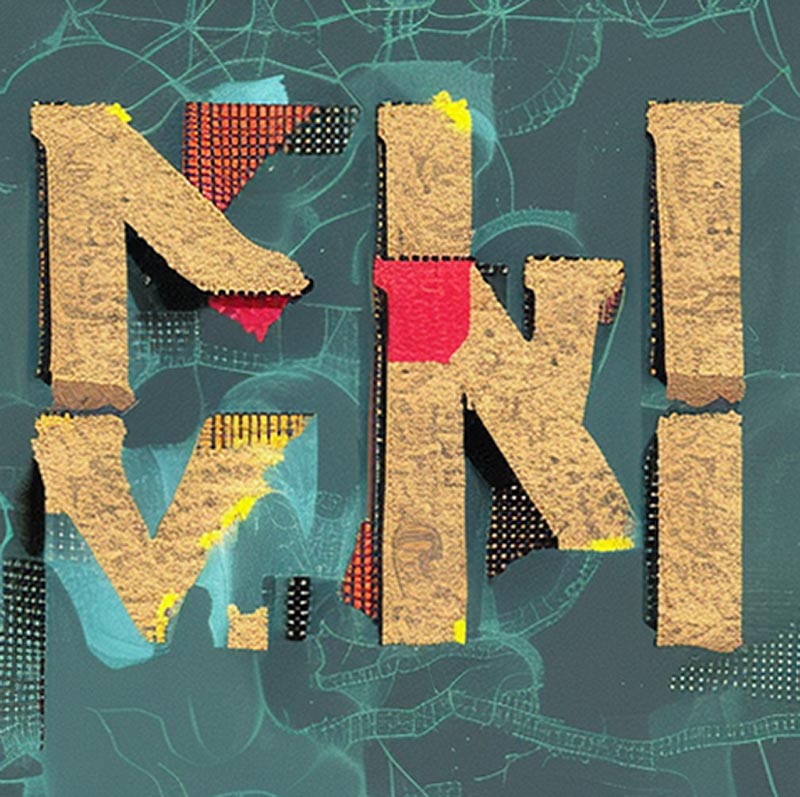The art world, a realm steeped in history and tradition, is no stranger to transformation. With each passing era, it has gracefully evolved alongside shifts in technology, culture, and societal norms. Today, we stand witness to another transformative chapter – the advent of NFT art.
- Decoding NFT Art:
NFT art, a cutting-edge form of digital expression, harnesses the power of blockchain technology. Non-fungible tokens (NFTs) serve as unique digital assets, akin to traditional artworks, with the distinctive feature of being bought, sold, or traded in the digital realm. Unlike its physical counterparts, NFT art finds its home online, opening the doors of accessibility to a global audience. Although in its early stages, NFT art has already garnered significant attention from artists and collectors alike. - The Belief in NFT Art’s Artistic Revolution:
In recent times, artists have embraced non-fungible tokens as a novel medium for creating and selling their art. While skeptics dismiss it as a transient trend, proponents envision NFT art as the harbinger of the art world’s future. Here’s why:
- A New Era of Monetization: NFTs usher in a paradigm shift, allowing artists to receive continuous payments for their creations, fostering a sustainable income stream.
- Democratizing the Art World: NFTs have the potential to dismantle the existing hierarchy, empowering individual artists and collectors. This shift could lead to a more diverse and inclusive global art community.
- Guarding Against Fraud: NFTs present a solution to the longstanding issue of art fraud. By utilizing blockchain technology, the authenticity of artworks can be verified, instilling confidence in artists and collectors alike.
- An Enhanced Art Experience: NFTs introduce a novel way for art enthusiasts to engage with their favorite pieces. Exclusive content and interactive features add layers of value beyond the monetary aspect.
- Skeptics and Challenges:
Despite its promise, NFT art faces skepticism and challenges:
- Passing Fad or Lasting Trend: Critics question whether NFT art is a fleeting trend that might not withstand the test of time.
- Wealth Disparities in Art Investment: Some argue that NFTs primarily serve as a playground for wealthy investors, potentially leaving many artists and the broader art community behind.
- The Debate on Blockchain Necessity: Skeptics question the necessity of blockchain technology in NFTs, contending that it adds minimal value to the artistic experience.
- Susceptibility to Speculation: Critics express concerns about the susceptibility of NFTs to speculative bubbles, which could lead to a collapse in prices.
The Potential Impact of NFT Art on the Art World
The art world, always in flux, could see a significant transformation propelled by NFT art. Utilizing blockchain technology, each piece becomes a unique, one-of-a-kind digital creation. Major art institutions have already taken notice, conducting auctions that underscore the growing demand for NFT art. If this trend persists, NFT art might emerge as the predominant form of artistic expression worldwide.
In a Nutshell
NFT art, a revolutionary blend of digital expression and blockchain technology, challenges traditional notions of art consumption. As unique, non-fungible tokens gain traction, they offer the potential to reshape the art world, making it more accessible, transparent, and secure. While skepticism persists, the allure of NFT art remains a force to be reckoned with, heralding a new era in the realm of artistic creation.
Conclusion
In the ever-evolving landscape of art, NFTs emerge as both a disruptor and a catalyst for change. Whether it’s a passing trend or the future of art, the impact of NFT art on the artistic landscape is undeniable. As artists and collectors navigate this digital frontier, the transformative power of NFT art continues to unfold, promising a nuanced and dynamic future for the world of creativity.


